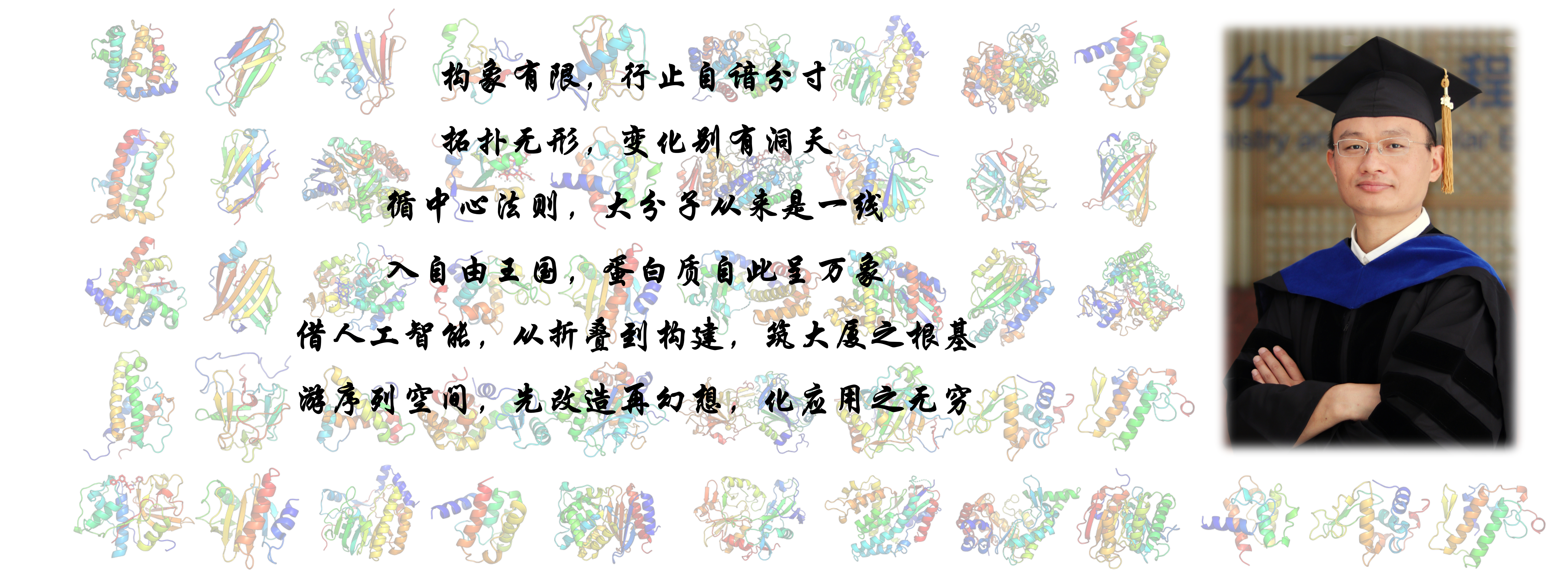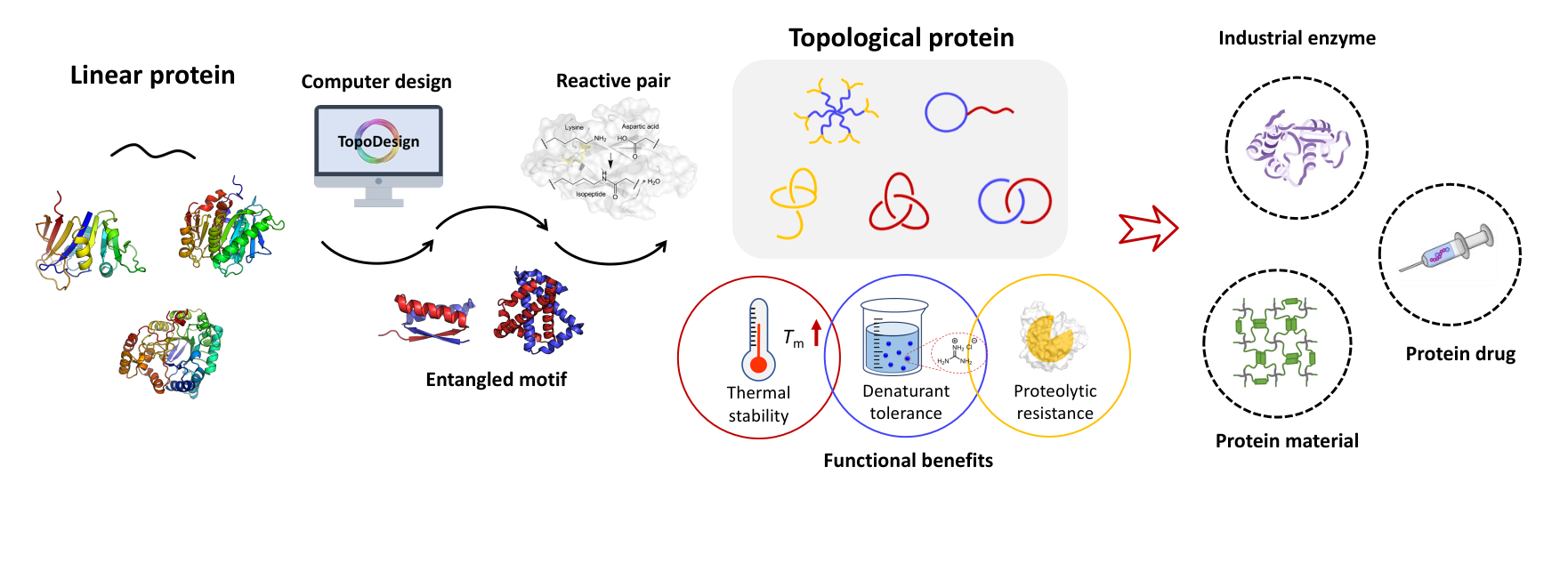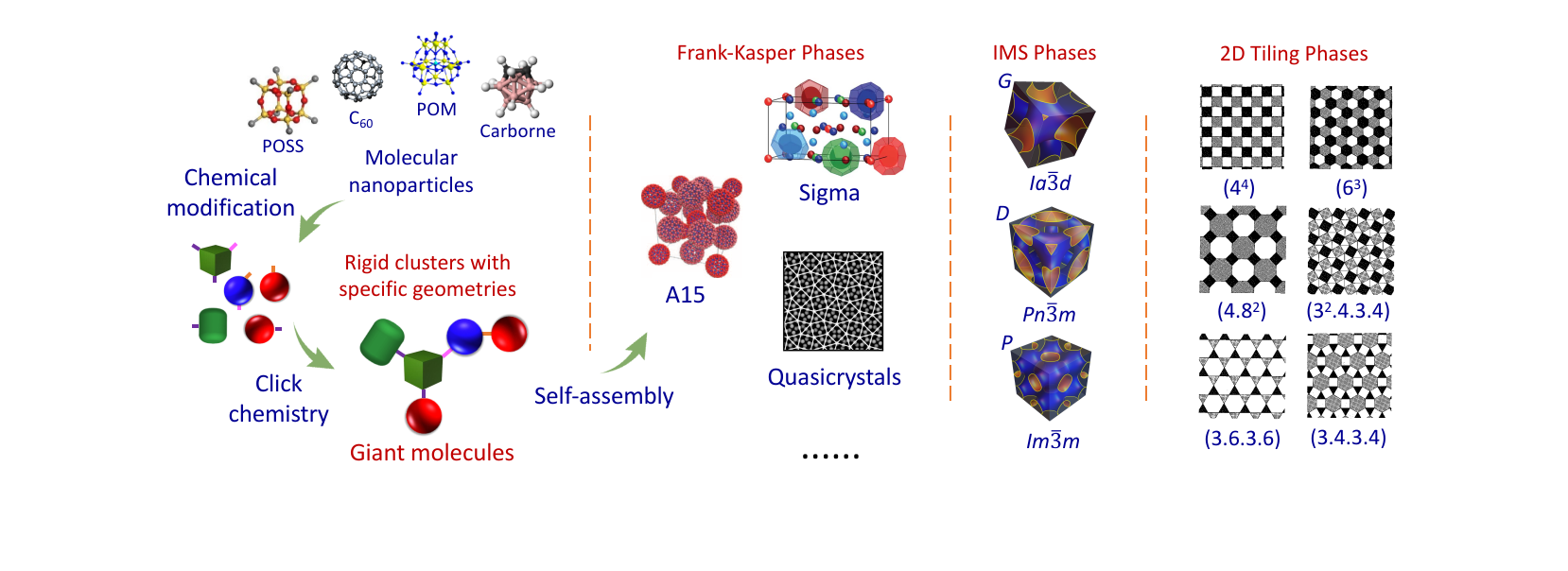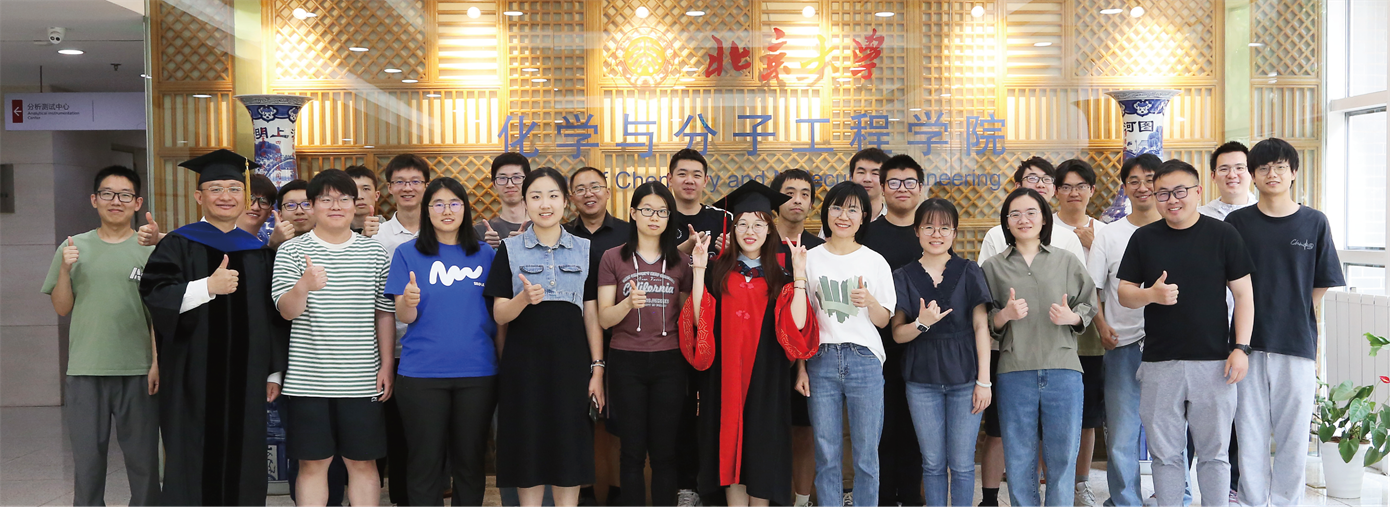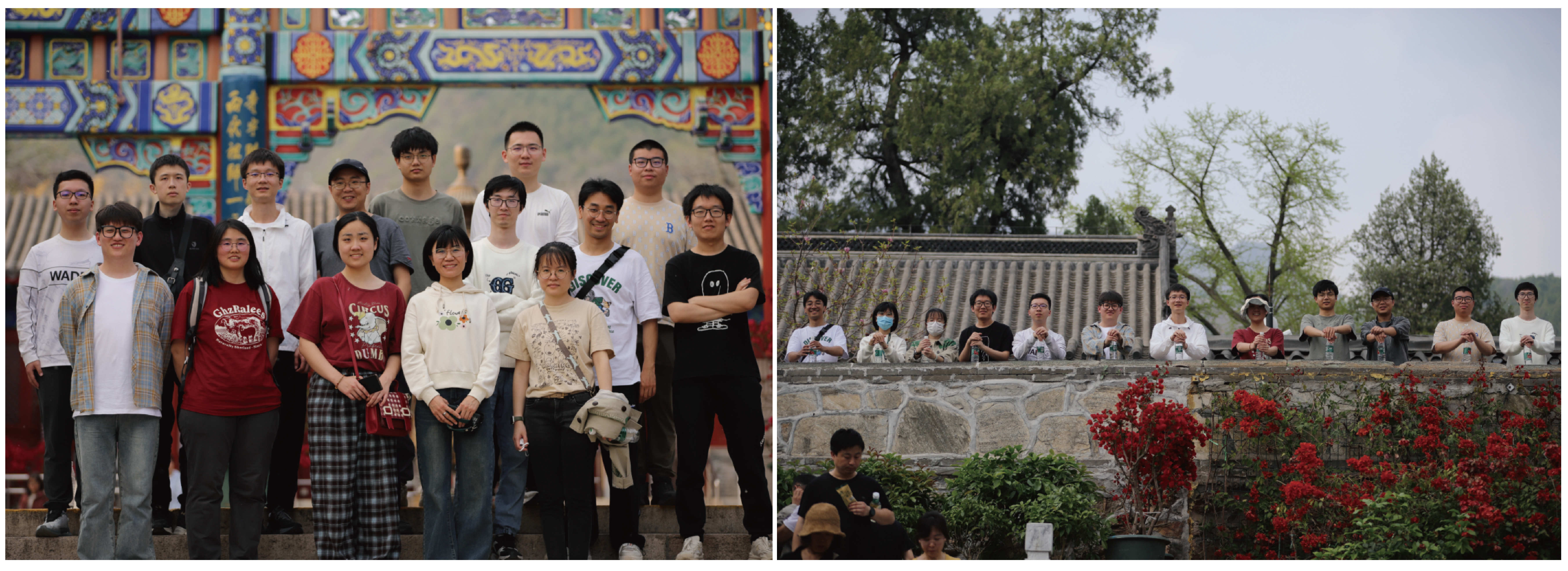Quotes
----------------------------------------------
-----------------------------------------------
在科学上没有平坦的大道,只有那些不畏艰险沿着陡峭山路攀登的人,才有希望达到光辉的顶点。
----马克思
-----------------------------------------------
Research Projects
Collaborations
------------------------------------------
请有兴趣的研究组联系我们。欢迎任何形式的合作,尤其是在自组装、水凝胶以及生物医药等方向的合作。
------------------------------------------
请有兴趣的研究组联系我们。欢迎任何形式的合作,尤其是在自组装、水凝胶以及生物医药等方向的合作。
------------------------------------------
Publications
55. Systematic Investigation of Side-Chain Branching Position Effect on Electron Carrier Mobility in Conjugated Polymers. Adv. Funct. Mater. 2014, 40, 6270-6278
Posted on:2016-04-27
Dou, J.-H.; Zheng, Y.-Q.; Lei, T.; Zhang, S.-D.; Wang, Z.; Zhang, W.-B.; Wang, J.-Y.;* Pei, J.* Systematic Investigation of Side-Chain Branching Position Effect on Electron Carrier Mobility in Conjugated Polymers. Adv. Funct. Mater. 2014, 40, 6270-6278. [Link] [PDF]
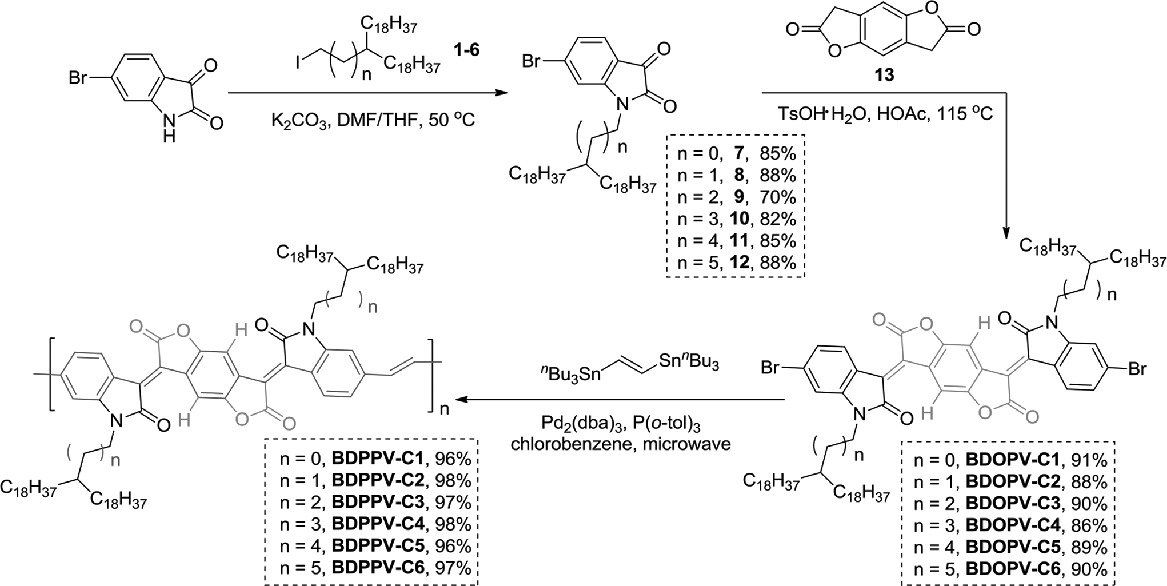
Abstract
Recently, polymer field-effect transistors have gone through rapid development. Nevertheless, charge transport mechanism and structure-property relationship are less understood. Here we use strong electron-deficient benzodifurandione-based poly(p-phenylene vinylene) (BDPPV) as polymer backbone and develop six BDPPV-based polymers (BDPPV-C1 to C6) with various side-chain branching positions to systematically study the side-chain effect on device performance. All the polymers exhibited ambient-stable n-type transporting behaviors with the highest electron mobility of up to 1.40 cm2 V−1 s−1. The film morphologies and microstructures of all the six polymers were systematically investigated. Our results demonstrate that the interchain π–π stacking distance decreases as moving the branching position away from polymer backbones, and an unprecedentedly close π–π stacking distance down to 3.38 Å is obtained for BDPPV-C4 to C6. Nonetheless, closer π–π stacking distance does not always correlate with higher electron mobility. Polymer crystallinity, thin film disorder, and polymer packing conformation, which all influenced by side-chain branching position, are proved to show significant influence on device performance. Our study not only reveals that π–π stacking distance is not the decisive factor on carrier mobility in conjugated polymers but also demonstrates that side-chain branching position engineering is a powerful strategy to modulate and balance these factors in conjugated polymers.


